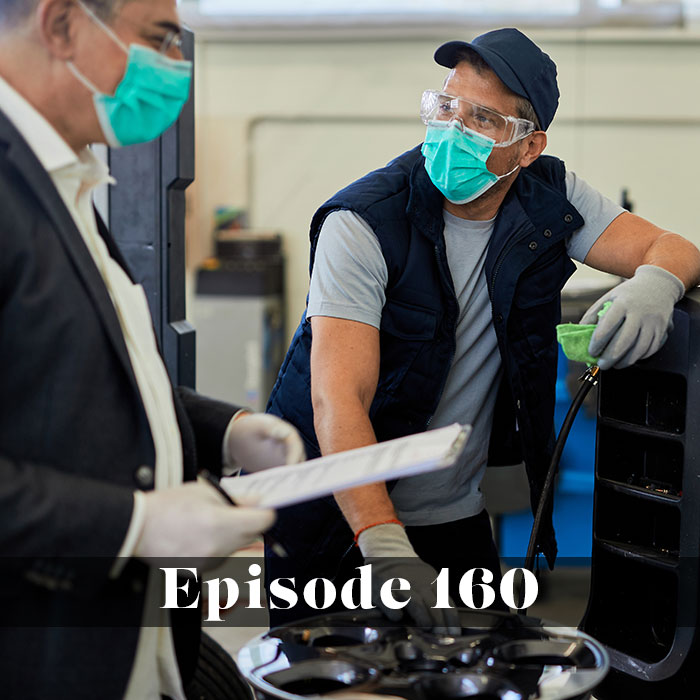In this episode, host Joel Gagne speaks with Dr. Trent Bowers, superintendent of Worthington Schools in Worthington, Ohio. They talk about culture building in schools and how to create a community culture from the top using communication, vision and intent.
Dr. Bowers details his background as a graduate of Worthington Schools, then as a teacher and an administrator. He served as principal in a nearby district before returning home to Worthington.
Joel asks about the district’s purpose-driven culture.
“As superintendent or as a leader of a school district, I think our most important job is to positively impact and build the culture of our school district,” Dr. Bowers says. “Leaders create the culture and then hopefully that drives the behavior of everybody that’s in that organization and that behavior produces the results.”
Worthington Schools engaged the community in coming up with its mission statement, trying to formalize a collective purpose for 1,250 employees and 10,300 students and their families across 19 different schools. Partnering with an external consultant, the district provided the community with a draft and asked for feedback.
“We settled on something that I think is just really simple,” Dr. Bowers says. “Our mission in Worthington is to empower a community of learners who will change the world. Each one of those pieces was important.”
Joel recently visited Worthington Schools and notes the mission statement is everywhere, which is great for culture building in schools. He asks about getting that sort of buy-in, where people live and breath the mission every day.
Dr. Bowers talks about how, in addition to the mission statement, there are four vision statements and six expectations—all tied together with stories that explain them. He realized each of the 1,250 employees interpret these through his or her own lens.
“Kindness for one person is tough love for another,” he says. “A little variance is okay. What we really tried to do is provide examples.”
Borrowing an idea from Disney, the district has a workbook to help convey the messages.
Dr. Bowers talks about how surveys show time and again that community members say they get their information from the 1,250 employees, so it’s critical they are able to share the messaging about culture.
Worthington also uses a website and social media presence to share the mission statement and supporting materials.
Joel asks how the district answers questions about stewardship of public money.
Dr. Bowers says he first reminds people that Worthington gets $7 million less per year from the state of Ohio than it did five years ago—even while the student population is growing.
He then explains that the district has done a number of things to make sure it is being fiscally responsible, including self-funding the health care system and reducing the rate for workers’ compensation.
“We constantly, internally, have to strive to get better in every area that we work on,” Dr. Bowers says. “But, externally, with all of the noise around public education, we think it’s really important to remind our community of the thousands of really cool things that happen in our schools every day.”
Worthington Schools reminds employees that, regardless of their job title, they chose to work in the kid business, “so with that comes this underlying respect” for students.
Asked about the one thing he would change in public education, Dr. Bowers talks about getting more local control in the state of Ohio.
Closing out the episode, Dr. Bowers recommends the book The Power of Moments: Why Certain Experiences Have Extraordinary Impact, by Chip Heath and Dan Heath.
Got a question or topic you’d like covered in an upcoming We Love Schools podcast? Email us at info@weloveschoolspodcast.com
First time listening to We Love Schools? Learn more about our weekly podcast.
Interested in learning more about how the Allerton Hill Communications team can help your school with communications? Contact us today.






